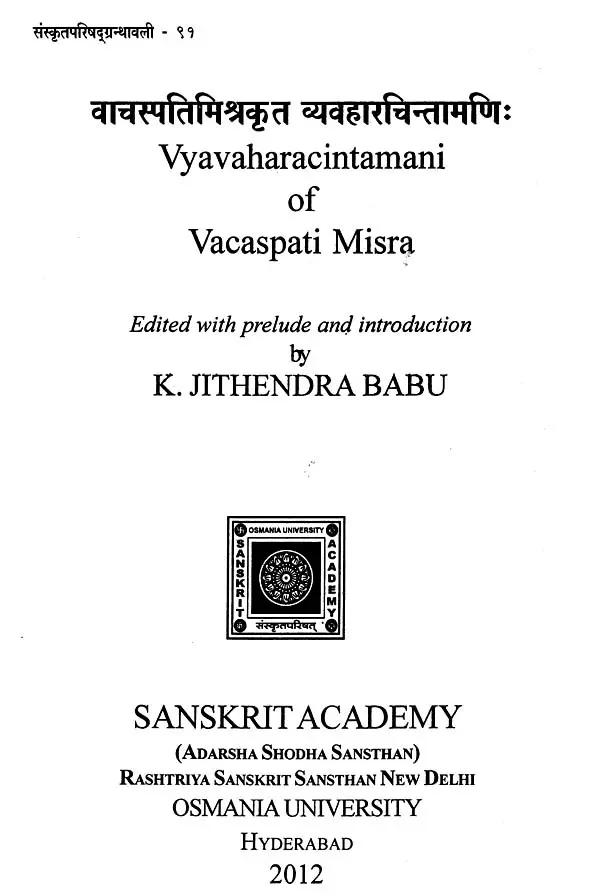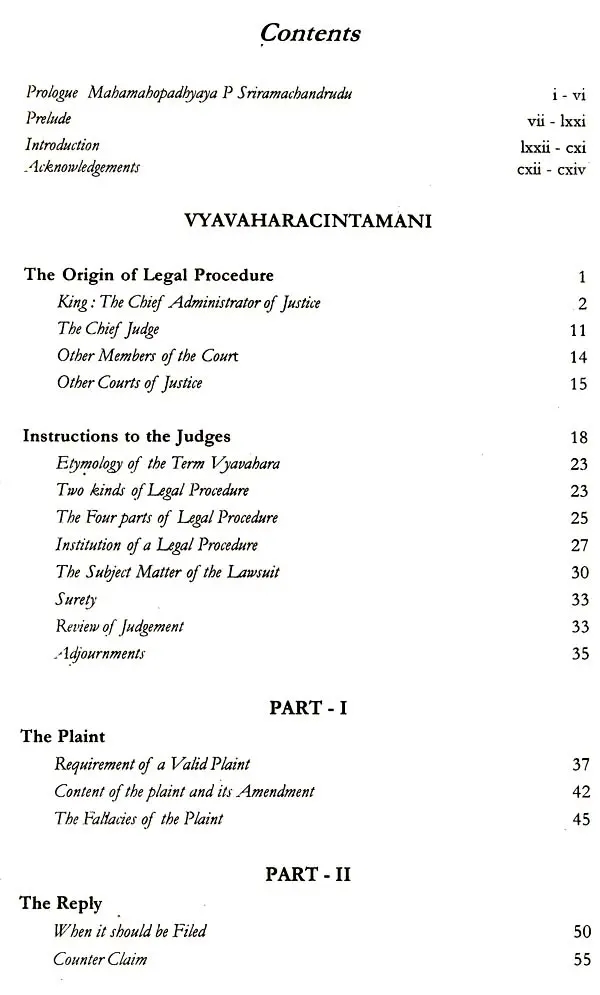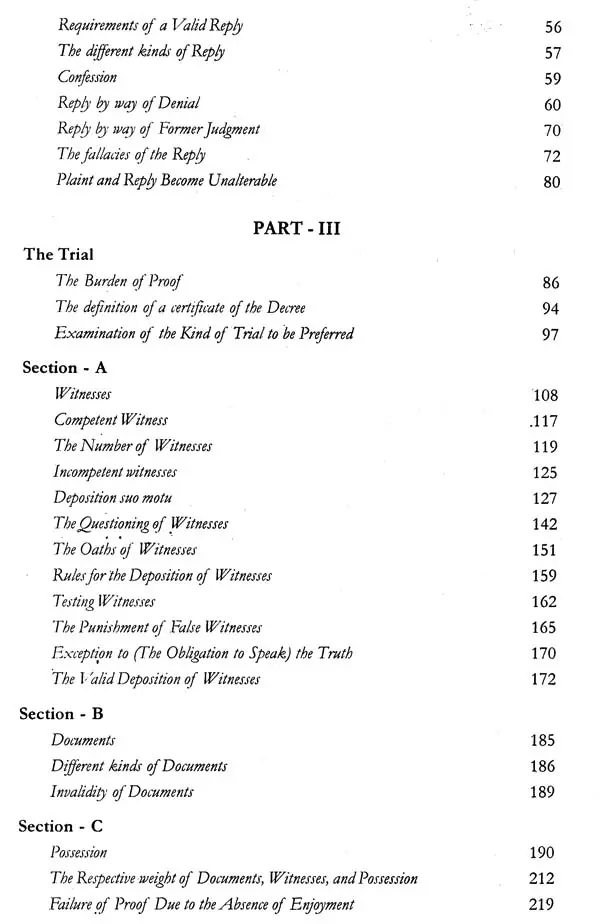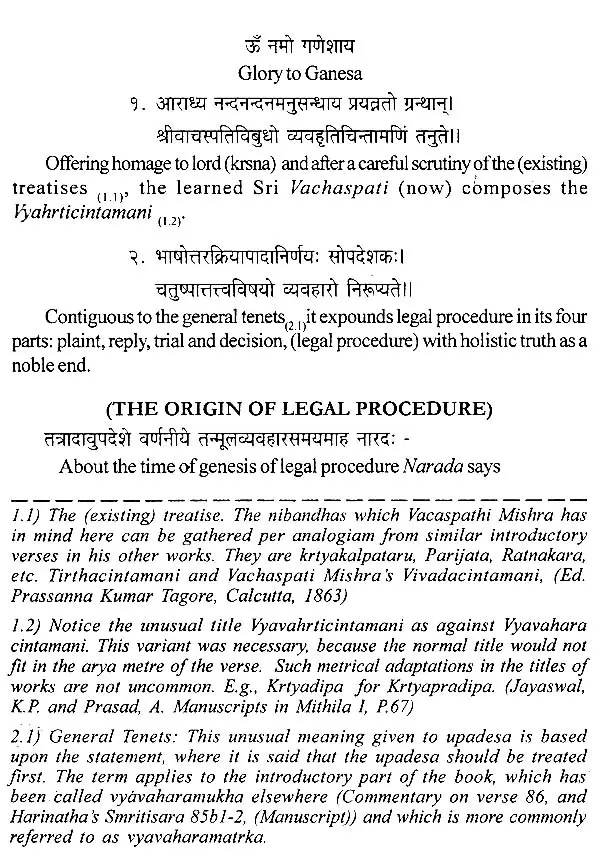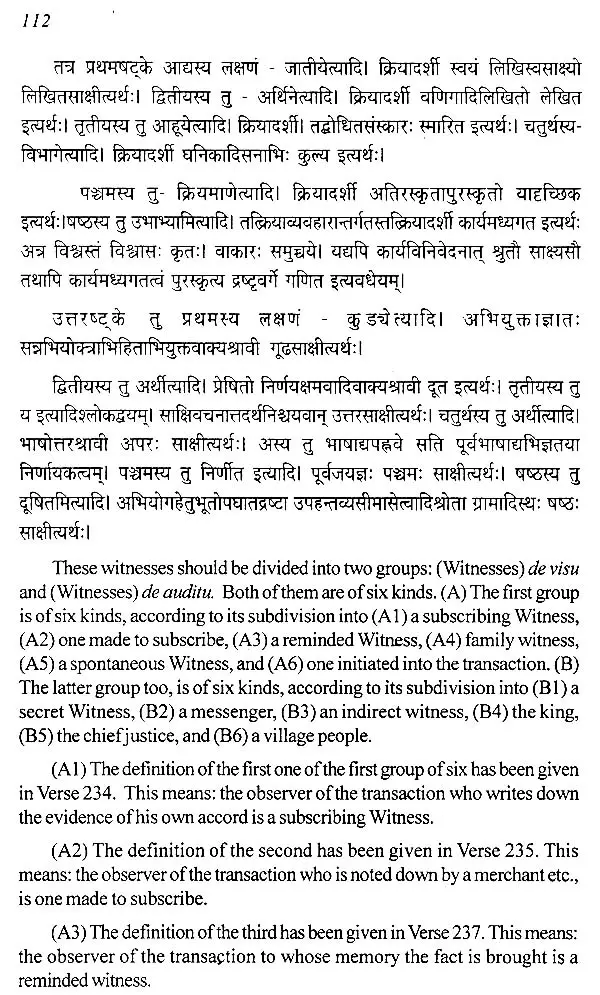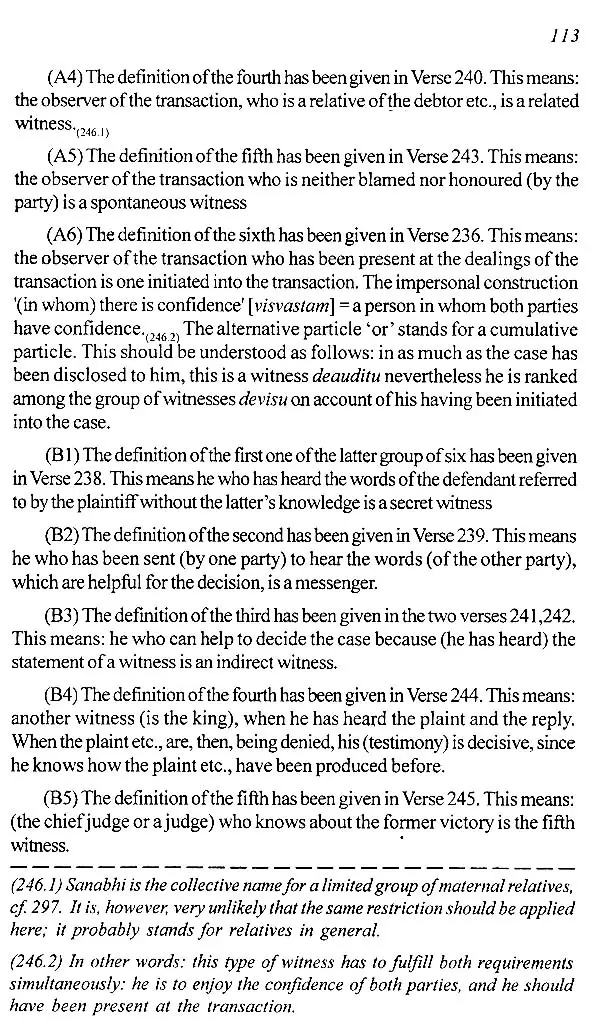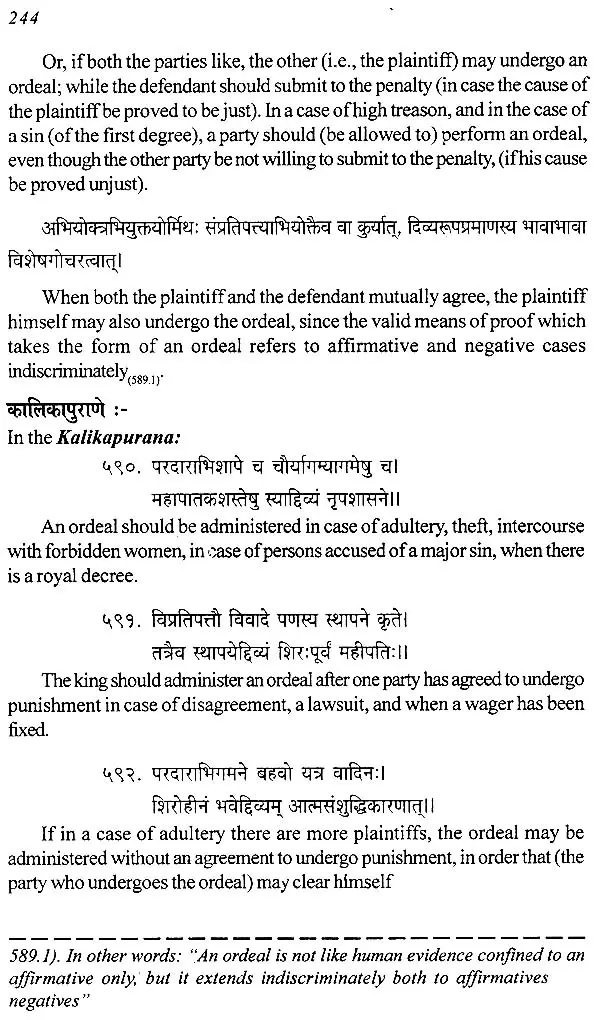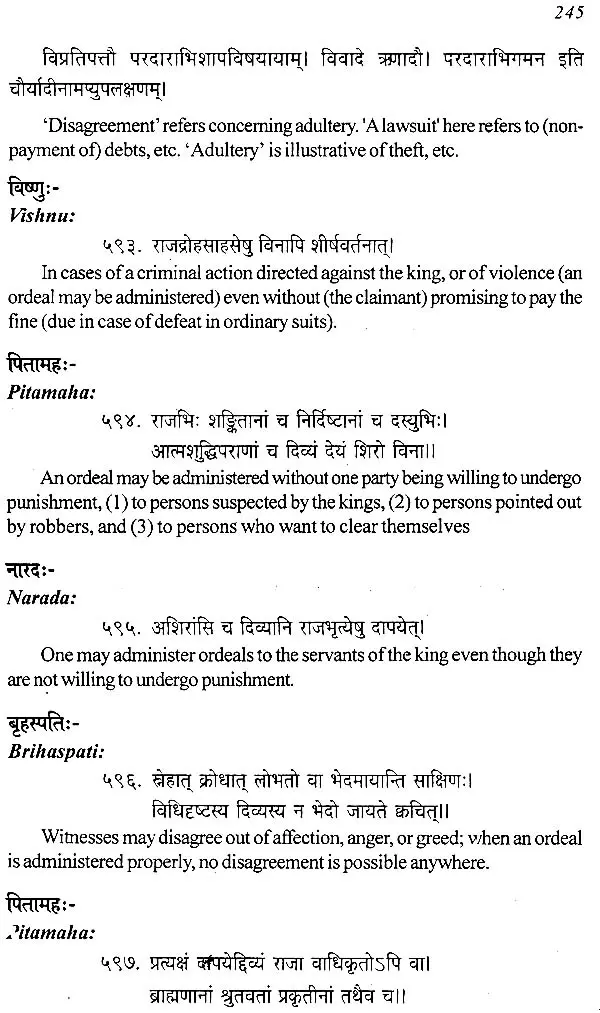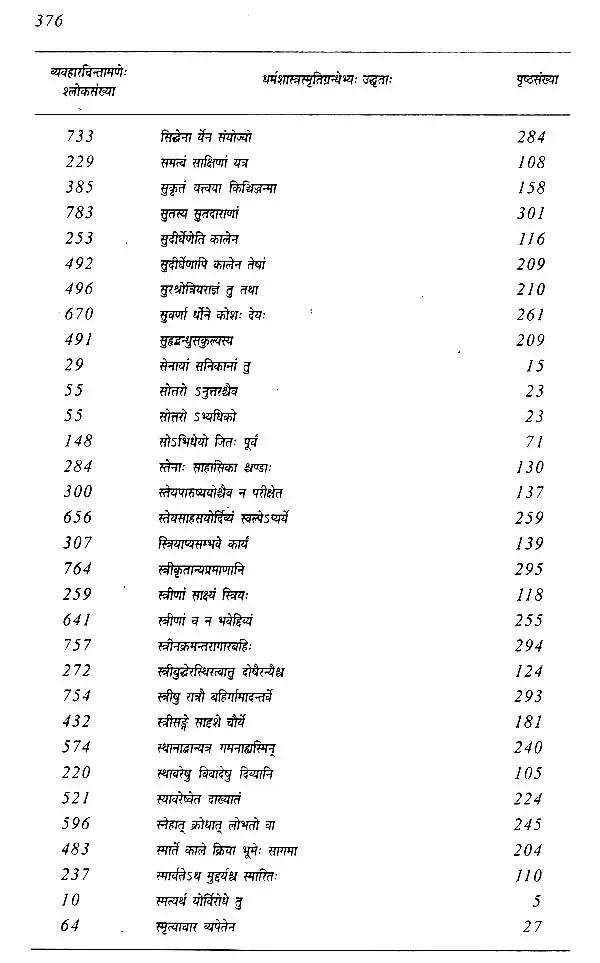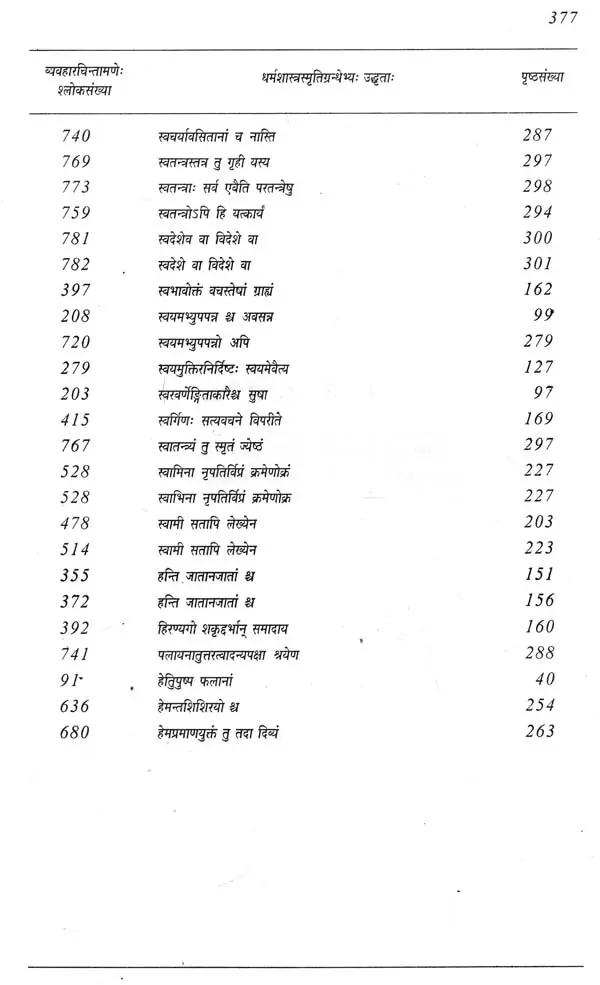
वाचस्पतिमिश्रकृत व्यवहारचिन्तामणिः- Vyavaharacintamani of Vacaspati Misra: A Medieval Text on Judicial Procedure
Book Specification
| Item Code: | UAJ456 |
| Author: | K. Jithendra Babu |
| Publisher: | Sanskrit Academy, Osmania University |
| Language: | Sanskrit and English |
| Edition: | 2012 |
| ISBN: | 9789380171265 |
| Pages: | 413 |
| Cover: | PAPERBACK |
| Other Details | 10.00 X 7.00 inch |
| Weight | 1.06 kg |
Book Description
Except this in all other cases the word is either obviously in the neuter or presents a form that may either be masculine or neuter. In most cases the meaning of Dharma is religious ordinances or rites as in the Rig Veda (1.22, 18, V.26.6, viii.43.24, ix.64.1). At any rate, the gender of the word also denotes its social stand and therefore its importance during each stage of its evolution. Early Vedic society from textual sources appears to be a male dominated society in which Dharma assumes the masculine form, which was to establish, control and enforce the essence of shared experience as envisaged in the later Brahmanas. In other variations Dharma becomes neutral to functions such as the examination of the physical phenomena. By the Brahmana period when the Samhitas were codified and structured for ritual interpretation, the meaning of Dharma essentially encompasses the Masculine element. Whether such a context had any historical sequence or not is another matter. But soon after the period of the Brahmanas, succeeded by the Aryankas and the Upanishads, Dharma is increasingly mentioned in the neuter. The advent of speculation on the origin of matter, unknown in earlier times, gave way to such a view. Recent studies have proved successfully that the Aryankas and the principle Upanishads were all drawn from an intellectual stream known in non-Vedic testimonies as the Sramana or Sramanic tradition.
**Contents and Sample Pages**
